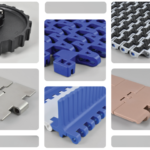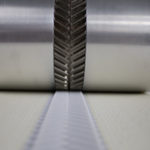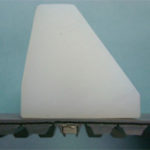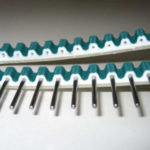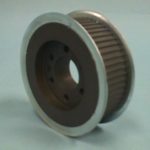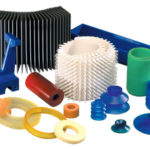Globax news
Blog
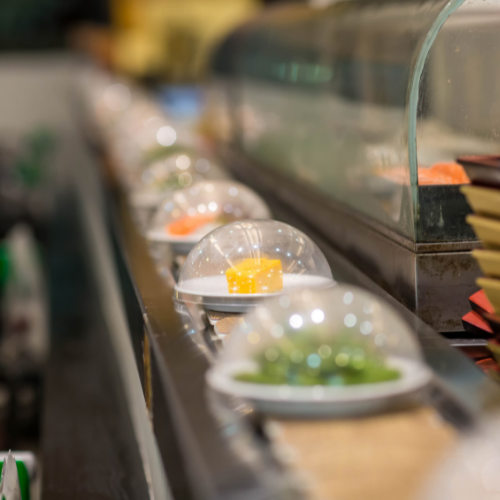
Are Conveyor Belts Safe to Serve Up Restaurant Food?
The COVID-19 pandemic has inspired many restaurants to change and innovate to stay safe and profitable. Many have adopted new technologies, embraced new business models, or both. One of the most intriguing of these recent trends is a rise in food conveyor belts.
Using conveyor belts to bring food to customers’ tables is nothing new, but it almost exclusively appeared in sushi restaurants until recently. In late 2019, the first cheese conveyor belt establishment opened, expanding the concept. As the COVID-19 pandemic brought new health concerns, the trend gained more traction.
Burger King’s “Restaurant of Tomorrow” concept, unveiled in late 2020, includes conveyor belts in both the dining room and drive-thru lanes. Several other restaurants and industry insiders have also discussed the possibilities of implementing these systems. But are they safe?
Health Advantages of Food Conveyor Belts
The draw of food conveyor belts amid a pandemic is easy to understand. With a conveyor system, patrons can get their food while staying a safe distance from any staff. If customers also use a touchpad or similar system to order, this concept can provide a contact-free experience.
Even as the pandemic subsides, this distance-by-design can prove a useful way to prevent disease outbreaks. If conveyor belt restaurants can slow the spread of COVID-19, they can do the same for other, less contagious diseases. Limited contact will prevent sick customers or staff from spreading things like the flu to other people in the building.
Industrial food grade conveyor belts are already in use across food packaging plants, standing as a testament to their safety. These belts are typically made of solid plastic or rubber, or have thermoplastic coverings, making them easy to clean. Since industrial food grade conveyor belts are safe enough for raw meat, they won’t likely pose a risk to cooked food.
Potential Issues With Food Conveyor Belts
Despite these advantages, there are still some potential health drawbacks with food conveyor belts. One of the leading reasons these systems have primarily stayed in sushi restaurants is that sushi is typically served at room temperature. Foods that should remain hot or cold could encounter some issues on a conveyor belt.
In many conveyor belt establishments, the belt serves as a buffet where customers grab whichever dishes they want. One downside to this system is that food can go unclaimed, circling between tables for extended periods. This unclaimed food could reach the “danger zone” between 40 and 140 degrees Fahrenheit, where bacteria grow most rapidly.
While scientists know now that COVID-19 doesn’t likely spread much via surfaces, some other diseases do. Since a conveyor belt can be a restaurant-wide shared surface, this can be cause for concern. If one customer is ill and they touch, cough, or sneeze on the belt or near food on the belt, other customers might contract their germs.
Read more: Are Conveyor Belts Safe to Serve Up Restaurant Food?
